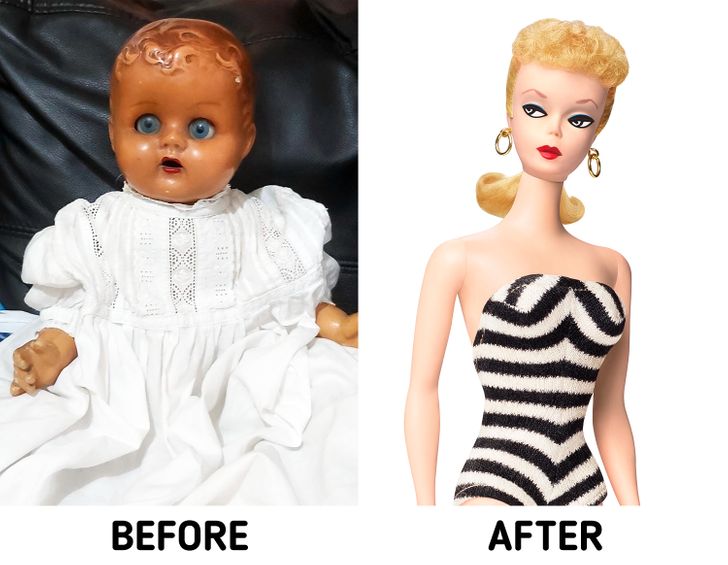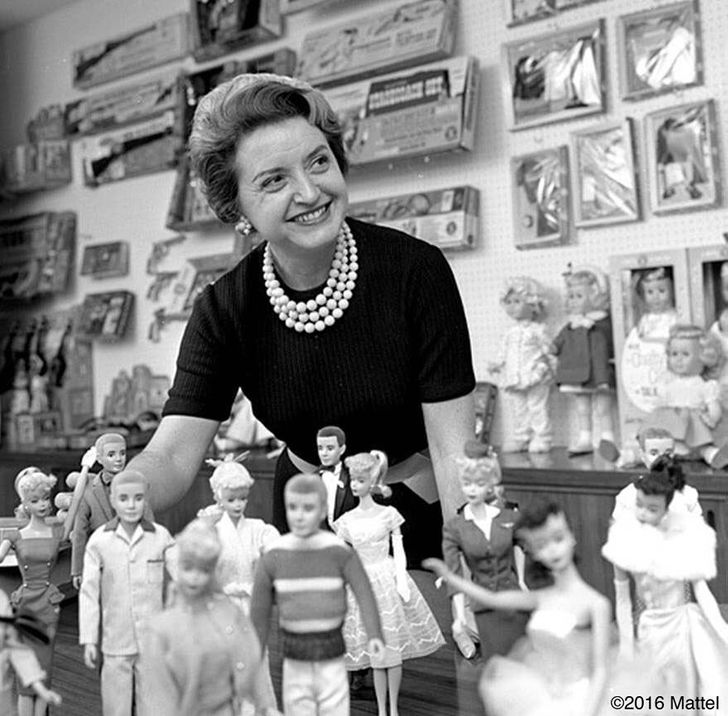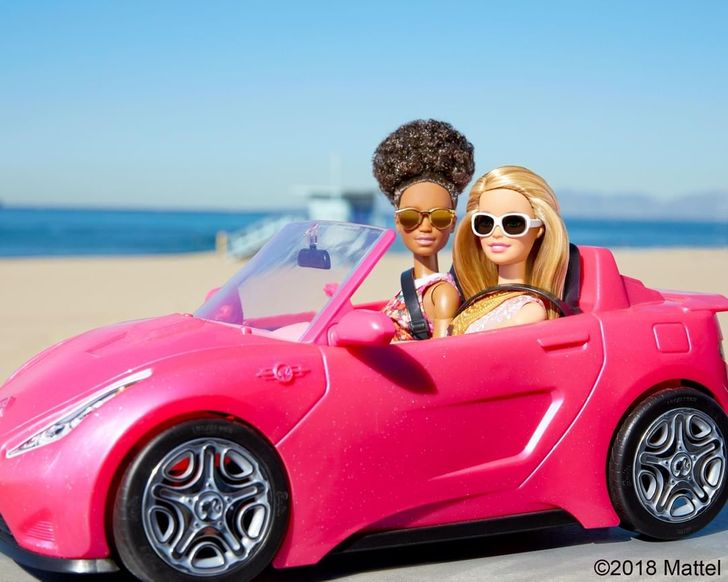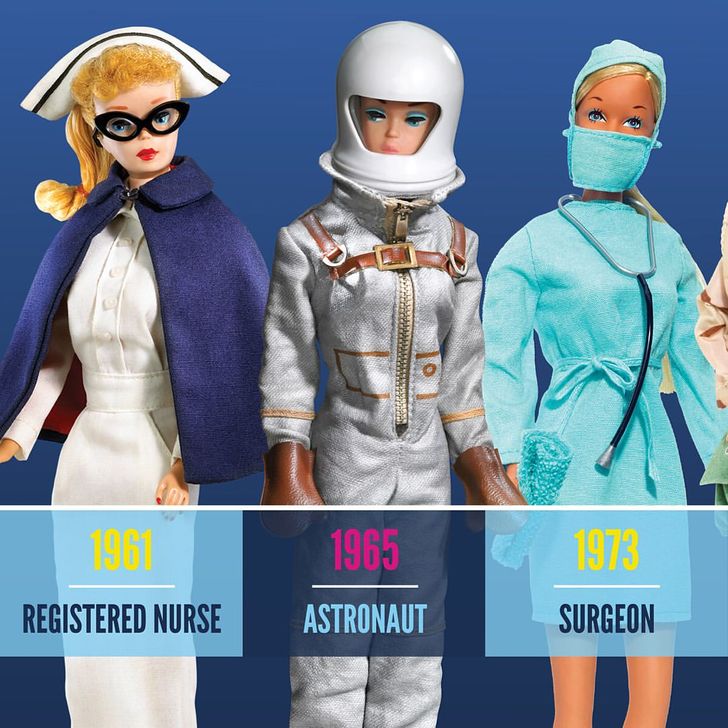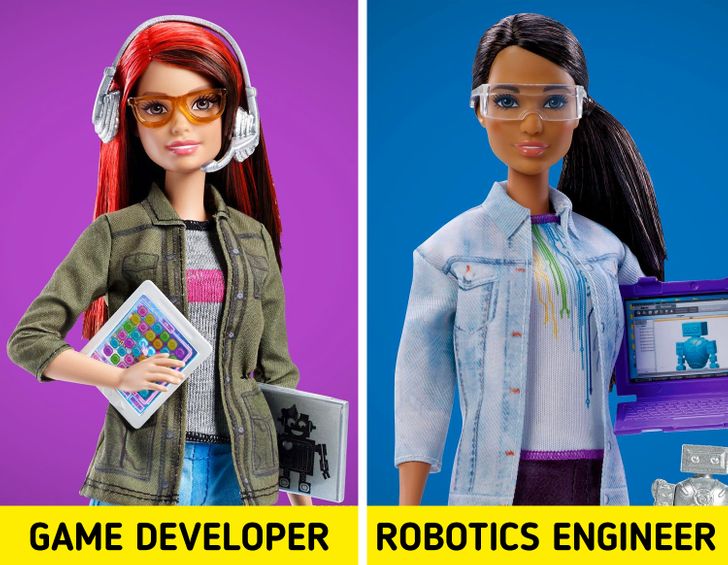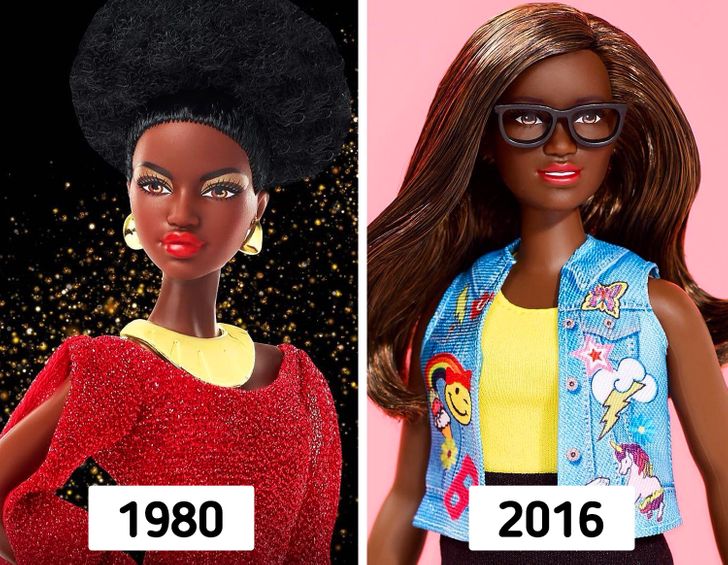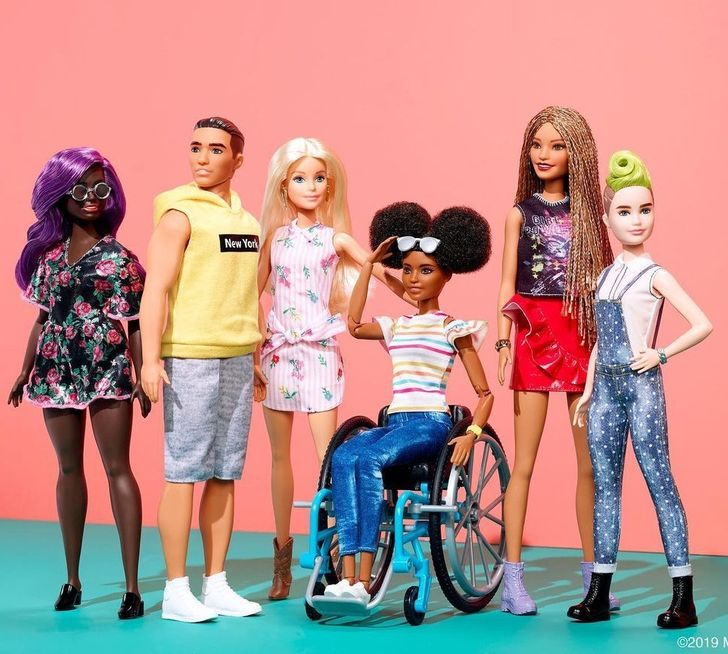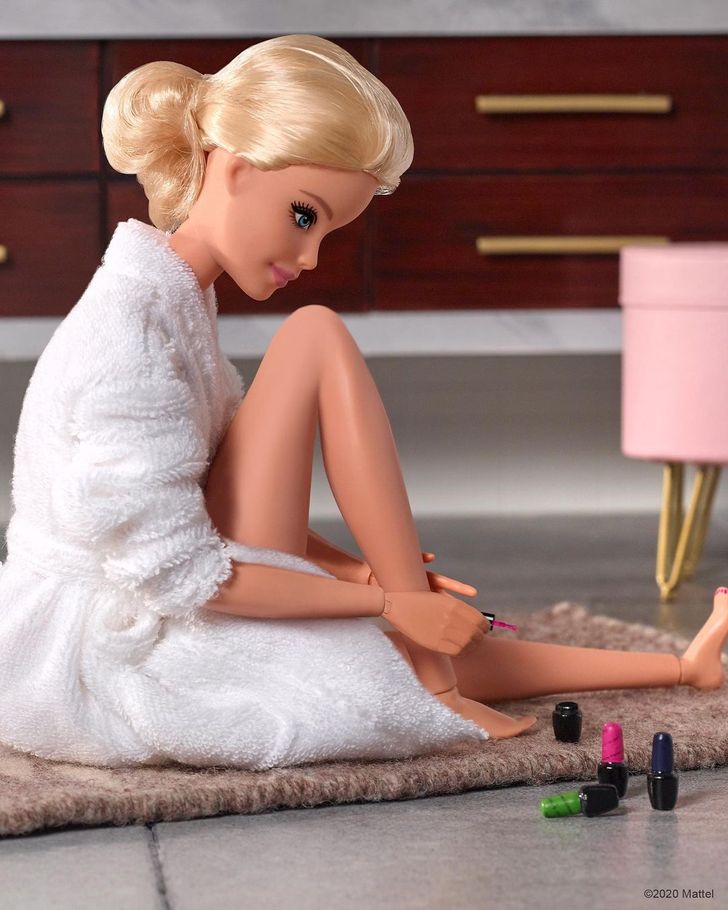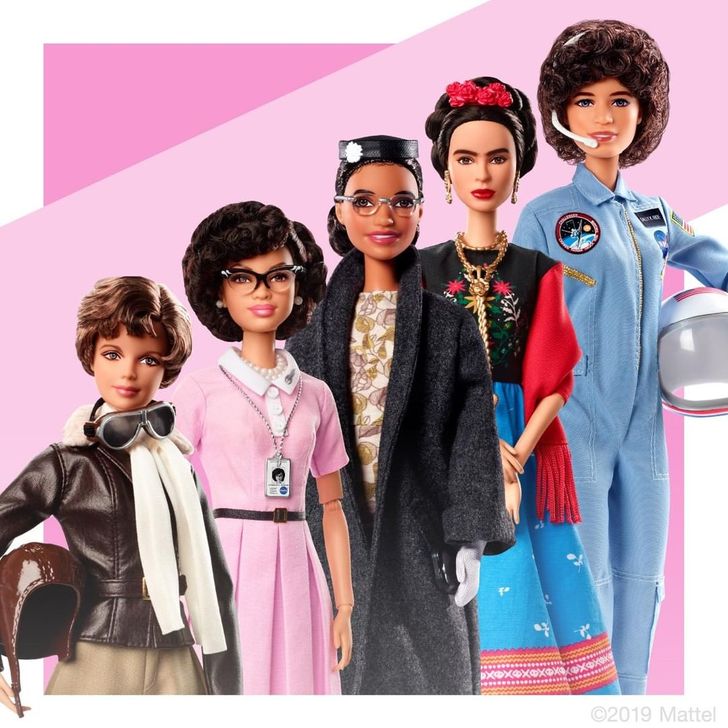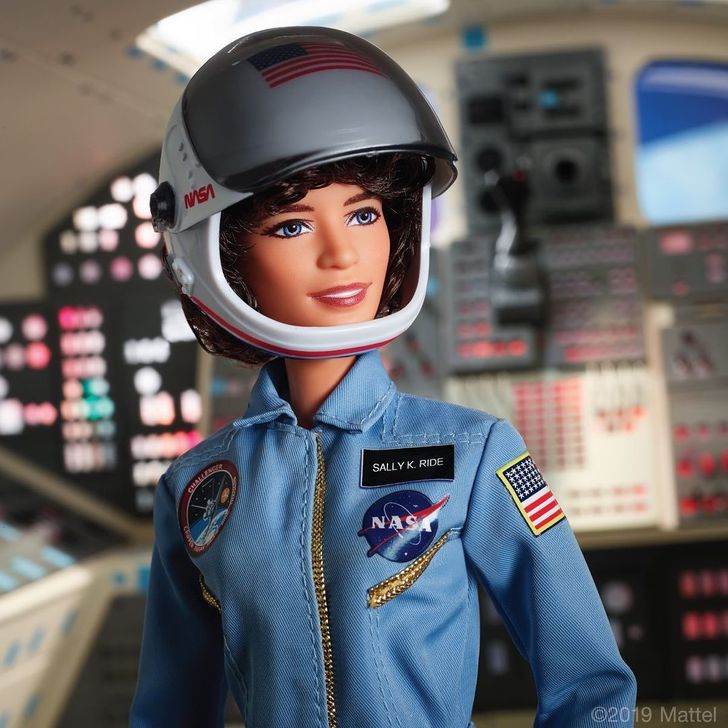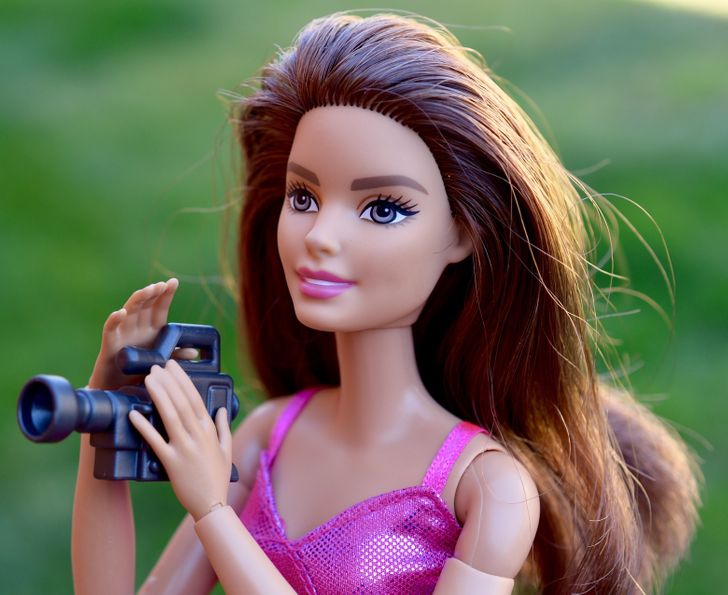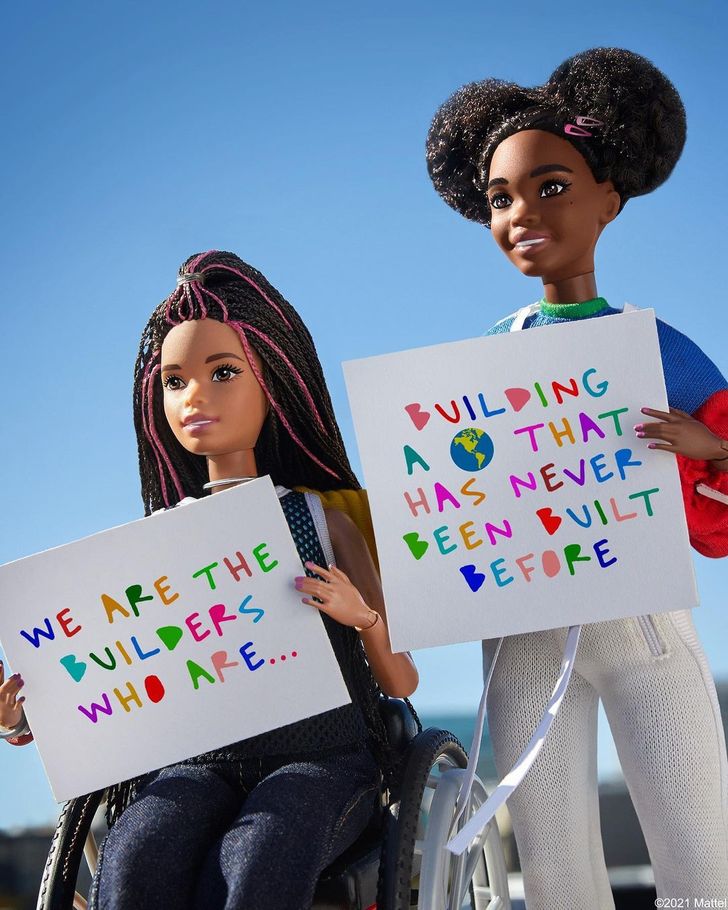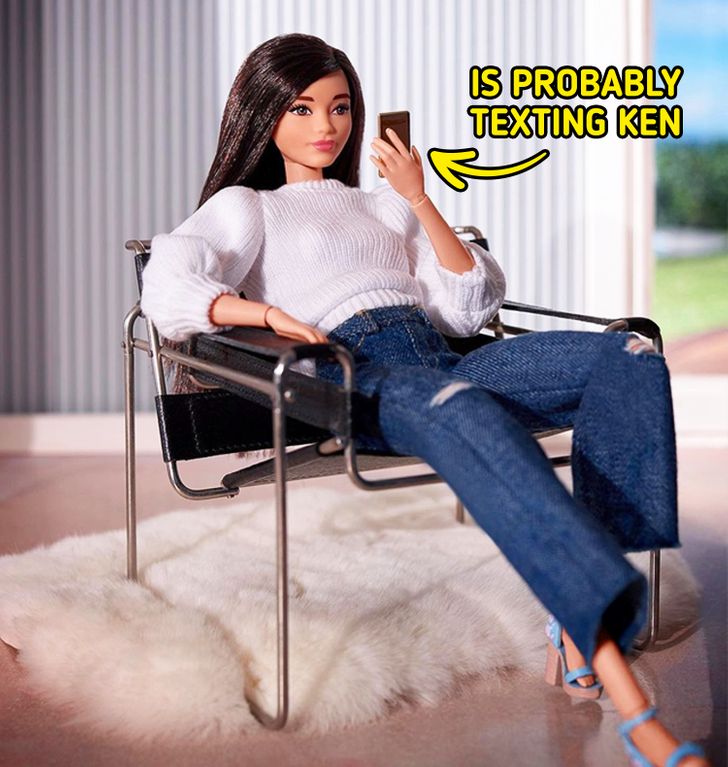This was a very eye-opening article, and did somewhat change my perspective on Barbie. Don't get me wrong; I always liked her personality, but never how stereotypical she was. Anyways, I tend to enjoy anything produced by or having to do with Bright Side. God bless u guys!!
How Barbie Helped to Change the World and Prove That She Is Not All About Looks
Barbie made an entrance in 1959 and she’s been an icon ever since. Barbie has a 98% recognition rate (meaning only 2% of the world doesn’t recognize her) — higher than the Queen of England. Despite being constantly scrutinized for her unrealistic body proportions, in reality, Barbie was a wildly revolutionary toy and a trailblazer in more than one way.
We at Bright Side think it’s time to finally stop judging this girl by her appearance and look below the surface. So let’s do Barbie justice together.
Barbie was the first doll not intended for mommy play.
Before Barbie was released, little girls only played with Betsy Wetsy, Tiny Tears, and Chatty Cathy — baby dolls that encouraged them to hold and care for babies. It mirrored society’s expectation of girls to grow up into nurturing mothers.
Barbie’s creator, Ruth Handler, while watching her own daughter and her friends, realized that girls didn’t want to just play “mommy” with their dolls. So, she conceived Barbie as a hip bombshell teen with her own apartment, her own car, and her own job. Barbie rejected the role of a woman as a housewife. And, to everyone’s surprise, her sales skyrocketed. Little girls didn’t want to play mommy after all.
Barbie had careers that weren’t available for women back in the time.
Barbie launched in 1959, in a time when it was taboo for women to work, and even more so for girls to want to work. Yet, Barbie had a job — she was a fashion model. In her early years, she was also a Business Executive (a woman in a position of power!), a presidential candidate (long before women could actually run for president), and an astronaut (Barbie landed on the moon 4 years before Neil Armstrong).
Barbie’s more modern professions include game developer, lab scientist, and robotics engineer — very male-dominated fields, even now. Barbie, and all of her careers, influenced the image of how a woman could work, have autonomy, and be in control. She showed little girls all the things they could be.
Barbie always strived for diversity.
Early on, the toy company Mattel that created Barbie introduced African-American dolls. Black dolls — Barbie’s friends — have been in circulation since 1967 as a statement during the rise of the civil rights movement in the US. In 1980, the first Black Barbie herself arrived with a curly afro and a ruby red dress.
Nowadays, Mattel has started to launch dolls with more realistic body sizes and disabilities — to be more inclusive and representative of more identities. Not only does modern Barbie come in several body types and skin tones, but she can also have no hair, wear hijab, have a prosthetic leg, have vitiligo, or use a wheelchair. Anyone can find themselves in a Barbie doll.
Barbie shows that you can be pretty and aspirational at the same time.
Not very long ago, beautiful girls who liked pink and had blonde hair were often considered shallow, and surely not serious about their career. Barbie was the first doll to show girls that they could be both pretty and ambitious, have sophisticated interests, and like dressing up, glamour, and glitz.
From her debut, Barbie has tried over 200 careers — one of the most impressive résumés out there. Barbie encouraged girls to believe in themselves, hailing both self-acceptance and self-reinvention.
Barbie educates children on women’s history.
Mattel launched the “Sheroes” and “Inspiring Women” series with dolls designed after famous women: artist Frida Kahlo, astronaut Sally Ride, first female aviator Amelia Earhart, Olympian gymnast Gabby Douglas, and many others. Barbie introduces these inspirational, real-life role models to young girls, illustrating women’s impact on science, culture, and history.
Barbie uses her platform to address difficult topics.
It will probably take you by surprise to learn that Barbie has a vlog. In her YouTube videos, she participates in viral YouTube challenges and discusses everything from baking to depression. In the series of videos, Barbie breaks down the “dream gap” — a phenomenon, where girls begin to doubt their competence from the age of 6, and it teaches them how to build their confidence back.
Furthermore, Barbie highlights a range of good causes on her platform, including conservation, via a partnership with National Geographic.
Barbie never got married.
Barbie’s creator made a point of having Ken be Barbie’s boyfriend and sidekick, but never her husband. Barbie should always be the main star. Since 1961, Barbie and Ken have been on and off until they officially broke up in 2004 for the first time due to Ken’s inability to commit. But Barbie ran for president that same year, so she clearly had no time for drama.
By being the world’s most famous doll while unmarried and with an identity all her own, she normalized the same for everyone else.
What was your favorite childhood toy? Do your kids have Barbies nowadays?
Comments
hi
Well... it looks like I fell in love with her all over again...❤️😍😄
This really changed my veiw on her.
Related Reads
17 Situations Where Guests Took the Words “Make Yourself at Home” Too Literally

23 Real-Life Stories That Are Actually Better Than Any Romance Novel

25 Designers Who Overturned Our Preconceptions About Everyday Objects
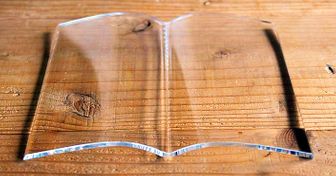
20 Boyfriend Fails That Can Make Any Girl Grit Her Teeth
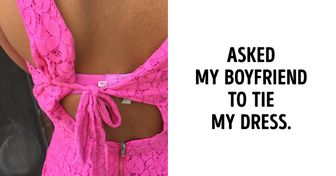
20+ Lucky People Who Found Something Extraordinary at a Flea Market

Helen Hunt, 60, Stuns During Her Latest Appearance, and Her Lips Become the Center of Attention

15 Posh Wedding Dresses That Cost Their Owners Pennies
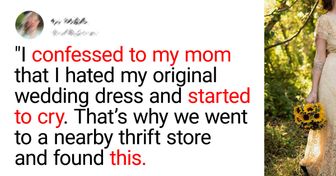
My Wife Hides Her Pregnancy and Refuses to Get Prenatal Care

15 Parents That Deserve an Award for Best Photo of Their Kid

«I Thought She Couldn’t Lose Weight,» Keely Brosnan Looks Completely Transformed in New Pic

20+ Annoying Things That Can Make Anyone Throw a Tantrum

12 Cashiers Told Us About the Weirdest Things People Buy

